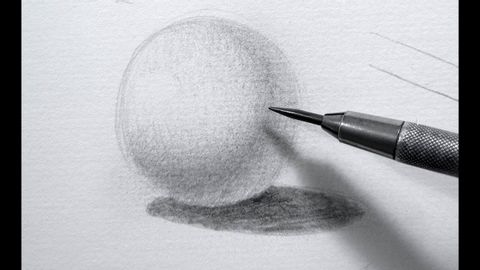
Subtitles & vocabulary
How to Shade - Drawing Shades
00
vulvul posted on 2014/11/06Save
Video vocabulary
draw
US /drɔ/
・
UK /drɔ:/
- Transitive Verb
- To attract attention to someone or something
- To influence a person's involvement in something
- Noun (Countable/Uncountable)
- Something that attracts people to visit a place
- A lottery or prize
A1TOEIC
More shape
US /ʃep/
・
UK /ʃeɪp/
- Noun (Countable/Uncountable)
- The outer form of something, what it looks like
- Condition or state of someone or something
- Transitive Verb
- To influence something to make it the way you want
- To give a certain material a particular form
A1TOEIC
More light
US /laɪt/
・
UK /laɪt/
- Transitive Verb
- To cause something to burn; put a burning match to
- To provide a way to see ahead
- Adjective
- Being bright making it easy to see; not dark
- Being pale and lacking darkness of color
A1
More cast
US /kæst/
・
UK /kɑ:st/
- Noun (Countable/Uncountable)
- People who appear in a play or movie
- Small amount of a particular color
- Transitive Verb
- To give specific roles to actors in a movie, play
- To describe someone's personality or character
A2
More Use Energy
Unlock All Vocabulary
Unlock pronunciation, explanations, and filters
